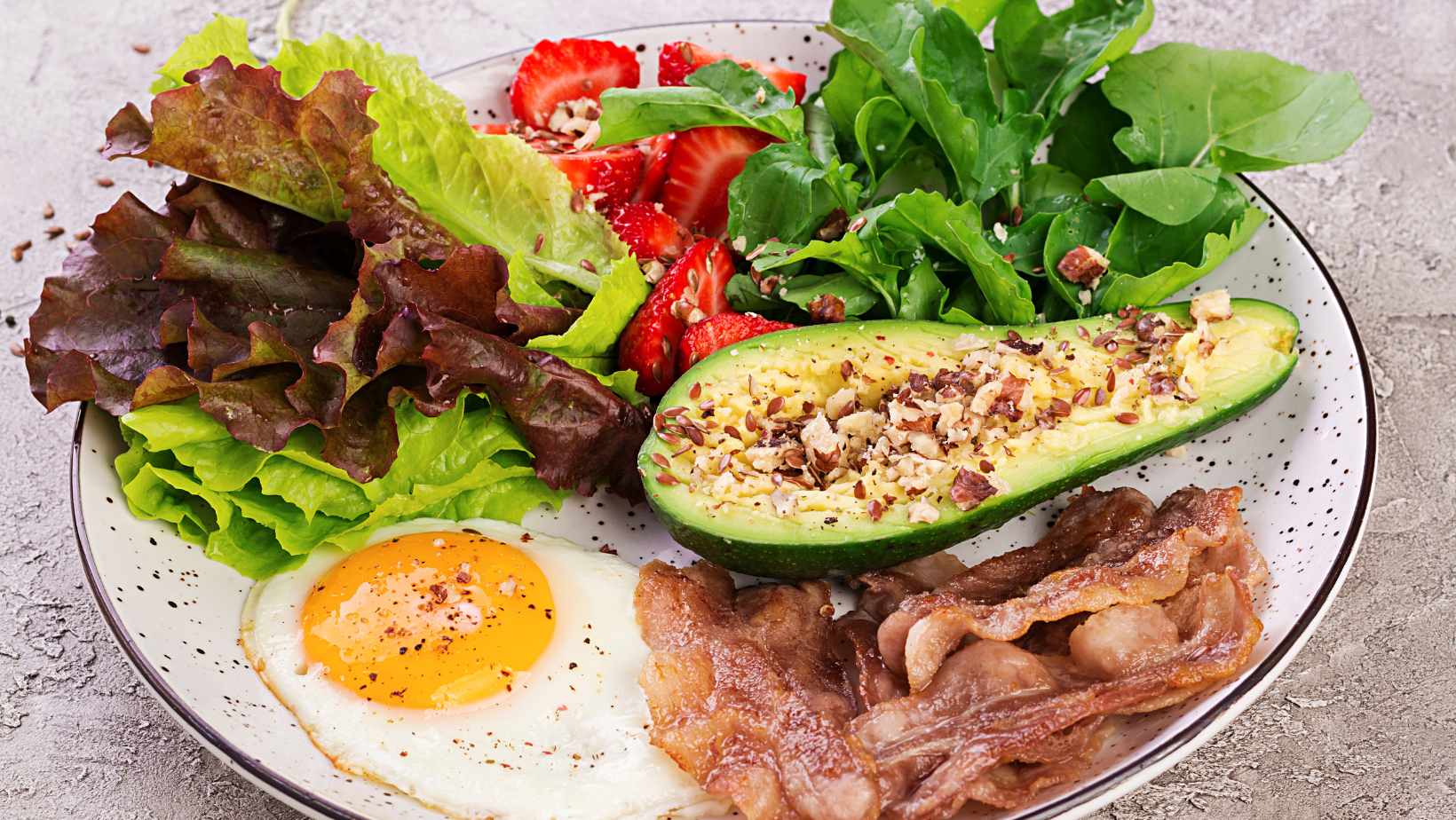
The keto diet has gained significant popularity in recent years for its potential health benefits. But can it also be beneficial for individuals with Sjogren’s syndrome? In this article, I’ll explore the connection between the keto diet and Sjogren’s syndrome and discuss whether adopting this dietary approach could help manage symptoms.
Keto Diet For Sjogren’s Syndrome
How to Implement the Keto Diet for Sjogren’s Syndrome
When it comes to managing Sjogren’s syndrome, the keto diet has gained attention as a potential tool for symptom relief. The ketogenic diet is a low-carbohydrate, high-fat eating plan that aims to shift your body into a metabolic state called ketosis. In this state, your body primarily burns fat for fuel instead of glucose derived from carbohydrates.
To implement the keto diet for Sjogren’s syndrome effectively, consider the following steps:
- Consult with a healthcare professional: Before starting any new dietary regimen, it is essential to consult with a healthcare professional familiar with your medical history and individual needs. They can help determine if the keto diet is suitable for you and provide guidance on how best to approach it.
- Plan your meals carefully: The key principle of the keto diet is consuming foods that are low in carbohydrates and high in healthy fats. Focus on incorporating nutrient-dense foods such as avocados, nuts and seeds, fatty fish, olive oil, coconut oil, and non-starchy vegetables into your meals.
- Monitor macronutrient ratios: To achieve ketosis effectively, you’ll need to monitor your macronutrient ratios closely. Typically, the keto diet involves consuming around 70-75% of calories from fat, 20-25% from protein, and only about 5-10% from carbohydrates.
- Stay hydrated: Sjogren’s syndrome is characterized by dryness of eyes and mouth; therefore maintaining proper hydration is crucial. Drink plenty of water throughout the day to prevent dehydration.
Important Considerations Before Starting the Keto Diet
Before embarking on any dietary changes or adopting the keto diet specifically for managing Sjogren’s syndrome symptoms, there are some important considerations to keep in mind:
- Individual variations: The keto diet may work differently for each person. It’s important to listen to your body and make adjustments as needed. Pay attention to how your symptoms respond and consult with your healthcare professional if there are any concerns.
- Nutrient adequacy: Restricting carbohydrates can potentially impact nutrient intake. Ensure you’re consuming a wide variety of nutrient-dense foods to meet your nutritional needs. Consider working with a registered dietitian who can help create a well-balanced meal plan that meets both the requirements of the keto diet and Sjogren’s syndrome management.
- Medication adjustments: If you are taking medications for Sjogren’s syndrome or other conditions, it’s crucial to discuss potential medication adjustments with your healthcare professional before starting the keto diet. Changes in diet can sometimes affect how medications are absorbed or metabolized in the body.
Foods to Include in a Keto Diet for Sjogren’s Syndrome
When following a keto diet for Sjogren’s syndrome, it’s important to focus on nutrient-dense foods that support overall health and reduce inflammation. Here are some key foods to include in your keto meal plan:
- Healthy Fats: Incorporate healthy fats like avocados, olive oil, coconut oil, and nuts into your diet. These fats provide essential nutrients and help maintain satiety.
- Non-Starchy Vegetables: Load up on non-starchy vegetables such as leafy greens, broccoli, cauliflower, zucchini, and bell peppers. They are rich in vitamins, minerals, and antioxidants while being low in carbohydrates.
- Protein Sources: Opt for lean protein sources like poultry, fish, eggs, tofu or tempeh (for vegetarian options), as they aid in muscle repair and promote satiety.
- Berries: Enjoy berries such as strawberries, blueberries or raspberries in moderation due to their lower carb content compared to other fruits. They provide antioxidants and fiber without causing significant spikes in blood sugar levels.
- Nuts and Seeds: Snack on a handful of almonds or chia seeds as they contain healthy fats and fiber that can help control hunger pangs throughout the day.
- Bone Broth: Consider incorporating bone broth into your diet as it provides collagen protein which supports gut health and reduces inflammation.
Remember that everyone is unique when it comes to dietary needs and sensitivities associated with Sjogren’s syndrome. It’s always advisable to consult with a healthcare professional or registered dietitian before making any major changes to your eating plan.
Incorporating these foods into your keto diet for Sjogren’s syndrome can help provide essential nutrients while reducing inflammation within the body. Pairing these food choices with regular exercise and adequate hydration will contribute to overall well-being and may help manage the symptoms associated with Sjogren’s syndrome.

